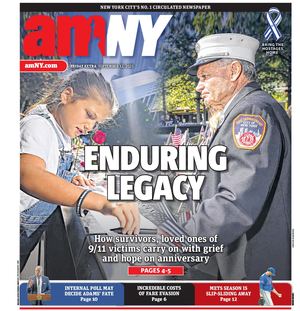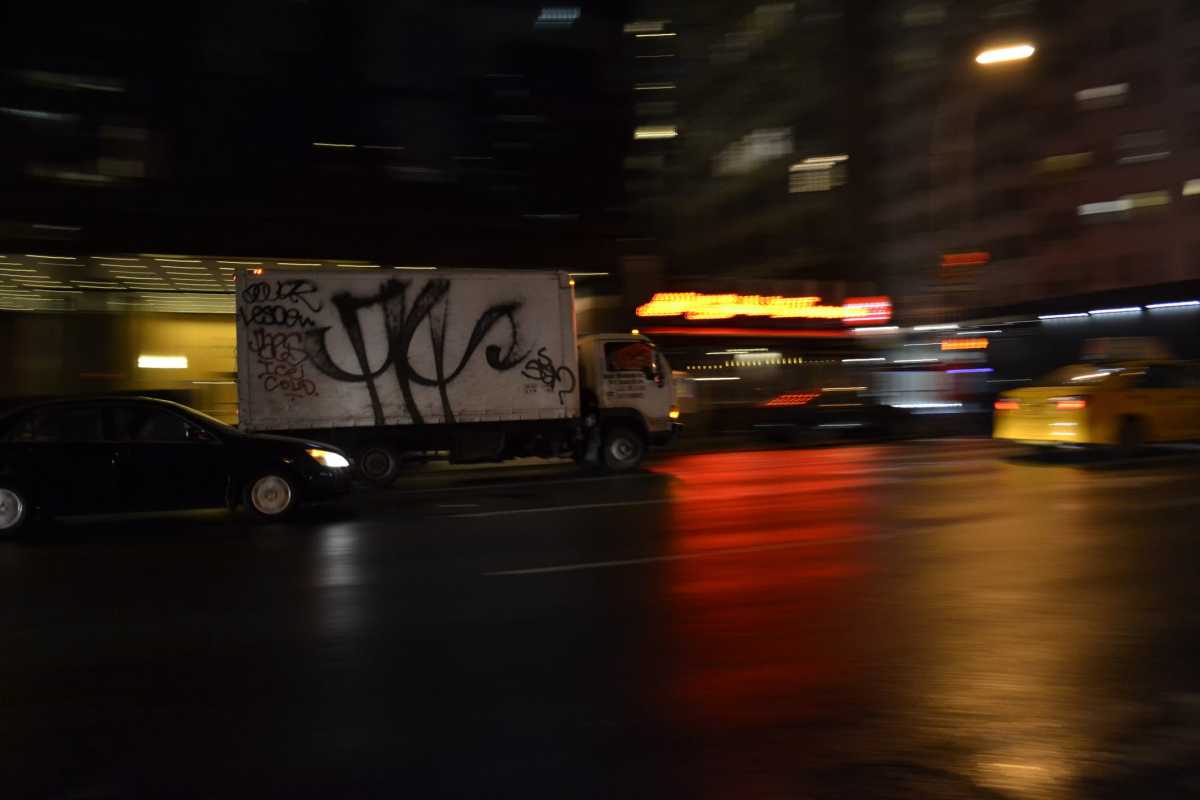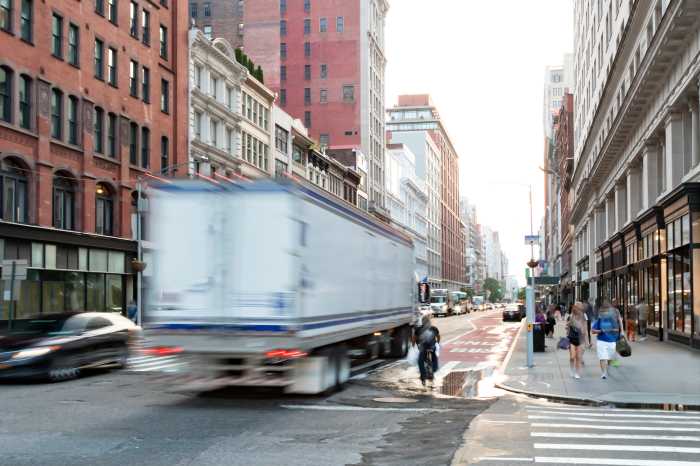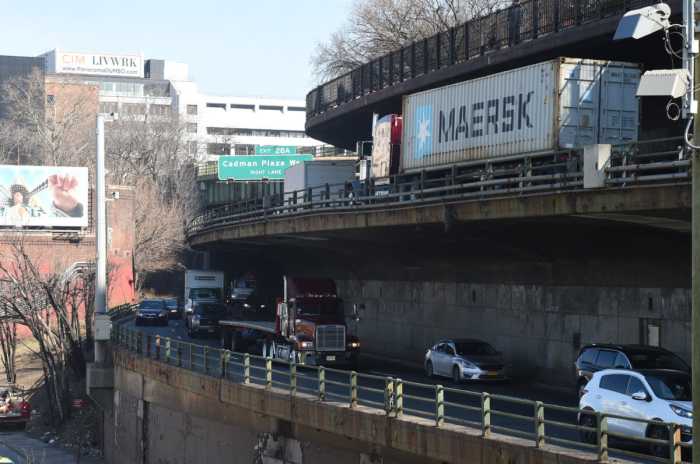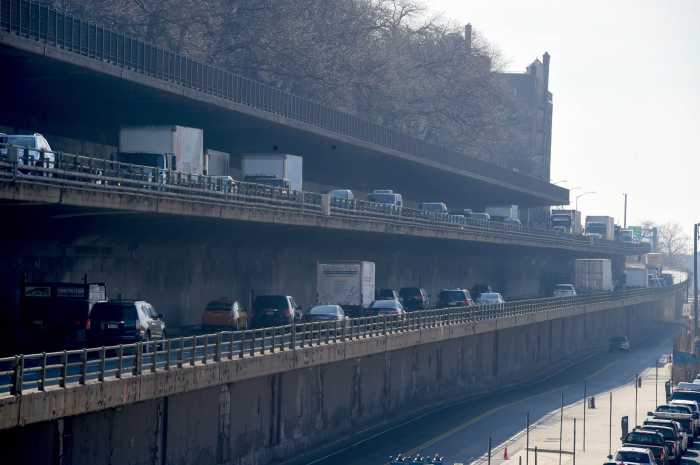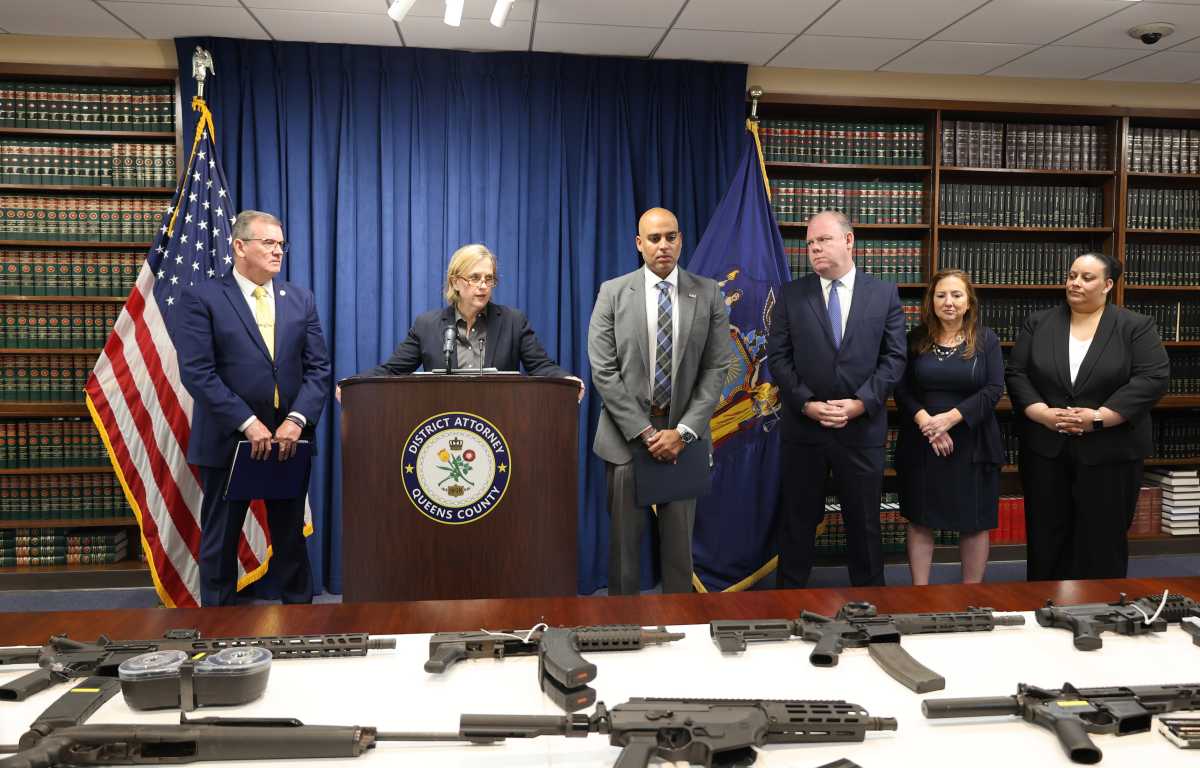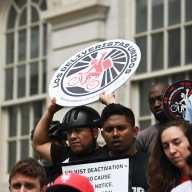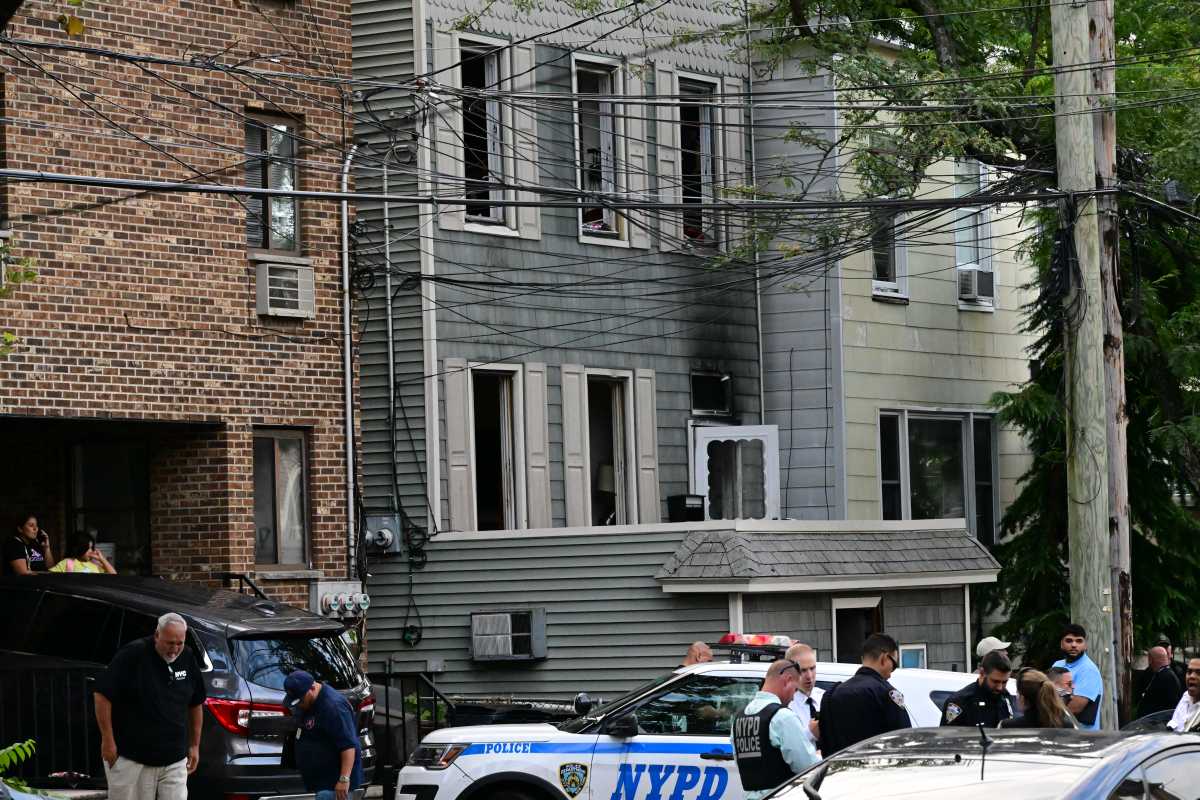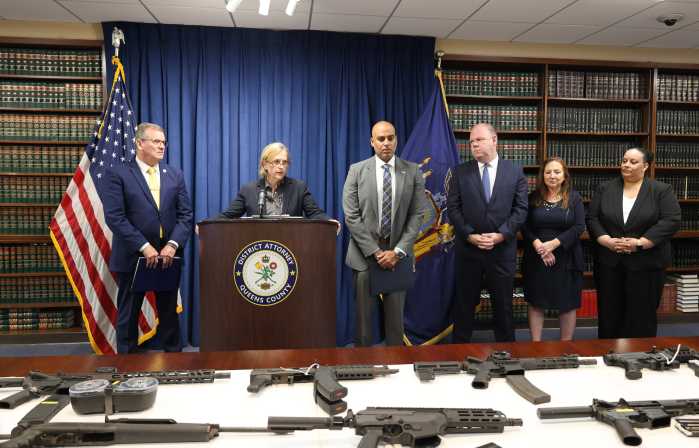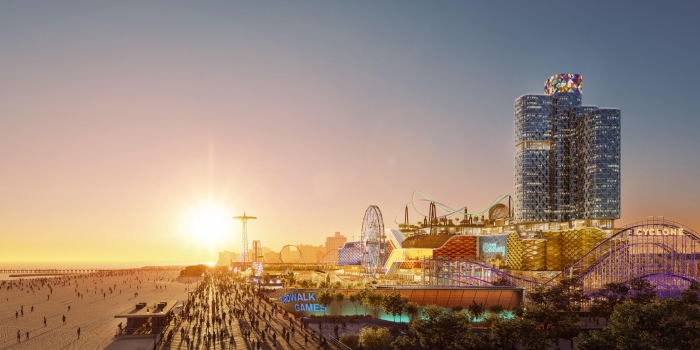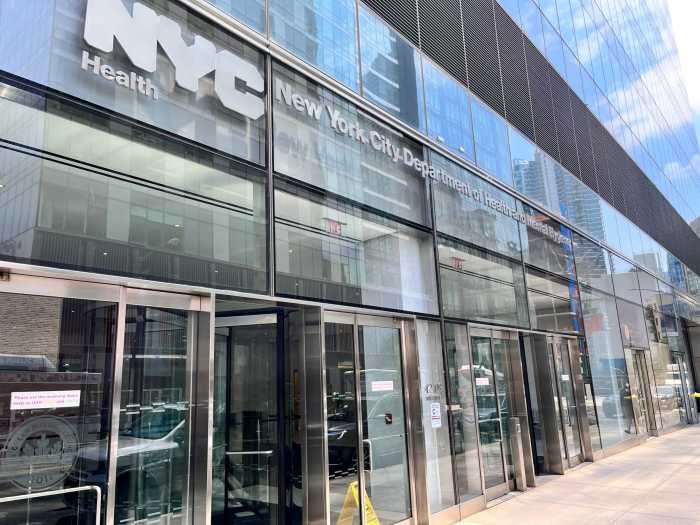Delivery trucks are more a part of city life than ever before. The city’s Department of Transportation (DOT) reported in April that 80 percent of New Yorkers receive a package at least once per week.
This explosion in e-commerce and the trucking necessary to sustain it could result in more jobs, but it also generates more congestion, roadway damage, and increased adverse health effects. Communities like ours in Springfield Gardens in Queens and Sunset Park in Brooklyn, located along major highways and near Industrial Business Zones (IBZs), experience these harmful consequences most acutely.
According to an Economic Development Corporation report, residents and businesses rely on trucks to move nearly 90 percent of the 198 million tons of freight that annually traverses the five boroughs. Truck traffic is only expected to increase as city officials predict yearly citywide freight movement to jump to 312 million tons by 2045.
The city’s truck route map aims to limit which roads trucks can use to get to their final destinations, but hasn’t been updated since the 1970s. As roads and neighborhoods have evolved, too often trucks are routed through the heart of our communities. As Chair of the New York City Council’s Committee on Transportation and Infrastructure and the lead sponsor of Introduction 708, we are calling for a long overdue redesign of the map.
Introduction 708 would require an overhaul of the City’s truck route map to improve safety, increase visibility, and reduce congestion and emissions. The measure also mandates the DOT to center neighborhood, environmental, and industry voices in developing the new plan. We know many truckers live in our neighborhoods, and we seek sustainable solutions that benefit communities and workers alike. With 40 co-sponsors in the Council, Introduction 708 is sensible policy with a broad coalition of support. That support includes longtime champion of this cause Brooklyn Borough President Antonio Reynoso, who first introduced the measure when he served on the council.
Increased truck traffic on our streets has a measurable impact on communities. Since the pandemic, the rise of e-commerce has added 7,800 freight vehicles to city streets on a daily basis. Calculated at eight hours a day, this means an increase of 60,000 daily vehicle hours to our roads and lungs. While the problem is multi-faceted—for example, we should better leverage our waterways to move cargo—rerouting our trucks can make a big difference for residents.
We know this to be true near JFK Airport, where inefficient truck routes lead to congested roads in the surrounding IBZ, for example. Day in and day out, residential areas are inundated with large trucks — including 53-footers, which are banned from the City’s streets — that cut corners, damage roads, and disrupt lives. Community members there have created a task force to specifically address the issue of illegal truck parking near JFK, which generates noise, pollution, and congestion.
These conditions are also prevalent in communities in Red Hook. This South Brooklyn community is now unwittingly home to massive last-mile facilities that jam an extra few thousand trucks through narrow residential passageways each year. Red Hook is also a neighborhood without access to reliable public transit, a community that is largely made up of public housing residents, and an area of the city that suffers disproportionately from asthma. The influx of trucks crowding the streets makes it harder on these residents, who often rely on cars due to living in a transit desert, and increases air pollution levels.
Our communities, which are predominately made up of people of color, are often home to problems that many of the city’s wealthier and whiter neighborhoods don’t want to deal with. Heavy congestion in transportation deserts is only exacerbated by truck routes that run through the heart of our residential communities, which should not be forced to bear the weight of the e-commerce boom alone.
Alongside Introduction 708, the Council recently passed a bill that will create off-street sites for truck parking and questioned the DOT during a spring oversight hearing on the city’s truck routes. We will continue to exercise our oversight authority and advance legislation that centers impacted communities.
The coming years present an opportunity for the city to plan and implement a citywide trucking system that’s fit for the 21st century and meets the needs of both this growing industry and our communities. The time is now to ensure this goal becomes a reality.
An overhaul of our truck route map is long overdue. We must pass Introduction 708 for the sake of our communities and all New Yorkers.
Majority Whip Selvena N. Brooks-Powers represents District 31 in Queens, and chairs the Council’s Committee on Transportation and Infrastructure.
Council Member Alexa Avilés represents District 38 in Brooklyn, and is lead sponsor of Introduction 708.
Read more: Teen Arrested in Shocking Bronx Triple Family Homicide
